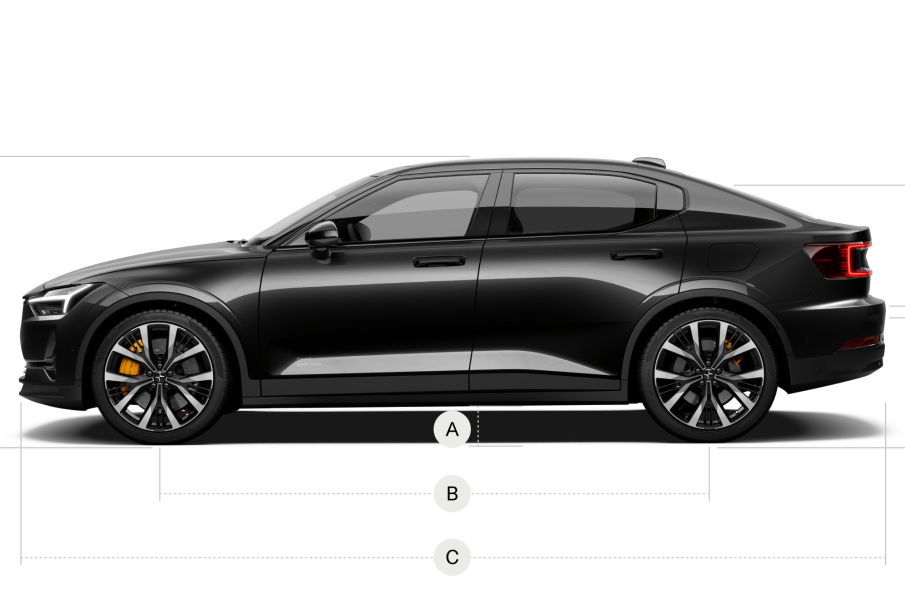Polestar: Pioneering the Electric Vehicle Revolution

Introduction
As the automotive industry increasingly pivots towards sustainability and innovation, the emergence of electric vehicles (EVs) has reshaped consumer expectations and market dynamics. Among the leaders in this transformation is Polestar, a Swedish company formed as a performance brand for Volvo that is dedicated to producing high-performance electric cars. As the world grapples with the urgency of climate change, understanding Polestar’s advancements and their implications for the future of transportation has never been more critical.
Overview of Polestar’s Journey
Founded in 2017 as a subsidiary of Volvo Cars, Polestar was created to set a new standard for electric vehicles. Initially, the brand produced the Polestar 1, a luxury hybrid performance car that garnered attention for its impressive specs and eco-friendly design. In 2020, Polestar shifted its focus completely to electric vehicles, launching the Polestar 2, which positioned itself as a direct competitor to the Tesla Model 3 and received accolades for its cutting-edge technology and design.
As of late 2023, Polestar has expanded its model lineup, indicating the company’s commitment to broader accessibility in the EV market. With the unveiling of the Polestar 3, an all-electric SUV set to launch later this year, Polestar aims to meet the growing demand for electric vehicles while addressing concerns surrounding range, performance, and luxury.
Technological Innovations and Sustainability Efforts
Polestar’s commitment to sustainability goes beyond just producing electric vehicles. The brand has also established a goal of becoming climate neutral by 2040. This ambitious target includes not only its production processes but also the lifecycle of its vehicles. From sourcing raw materials responsibly to utilizing renewable energy in production, Polestar is redefining what it means to be an environmentally conscious automaker.
Additionally, Polestar’s unique software capabilities, which allow over-the-air updates, are transforming vehicle ownership. These updates can enhance vehicle performance, introduce new functionalities, and improve energy efficiency, thereby extending the lifespan and driving experience of each model.
Conclusions and Future Outlook
Polestar is at the forefront of the electric vehicle market, blending performance, sustainability, and advanced technology. As consumers increasingly lean towards eco-friendly options, Polestar’s role in shaping the future landscape of electric mobility is significant. With the anticipated release of new models and continued commitment to reducing environmental impact, Polestar is not just innovating within the automotive sector but also influencing global efforts towards a cleaner, sustainable future.
With trends in EV adoption at an all-time high, stakeholders are watching Polestar closely, as its successes—and challenges—may set a precedent for other automakers. For consumers looking for high-performance electric alternatives, Polestar stands out as a promising brand that could redefine their driving experience.









